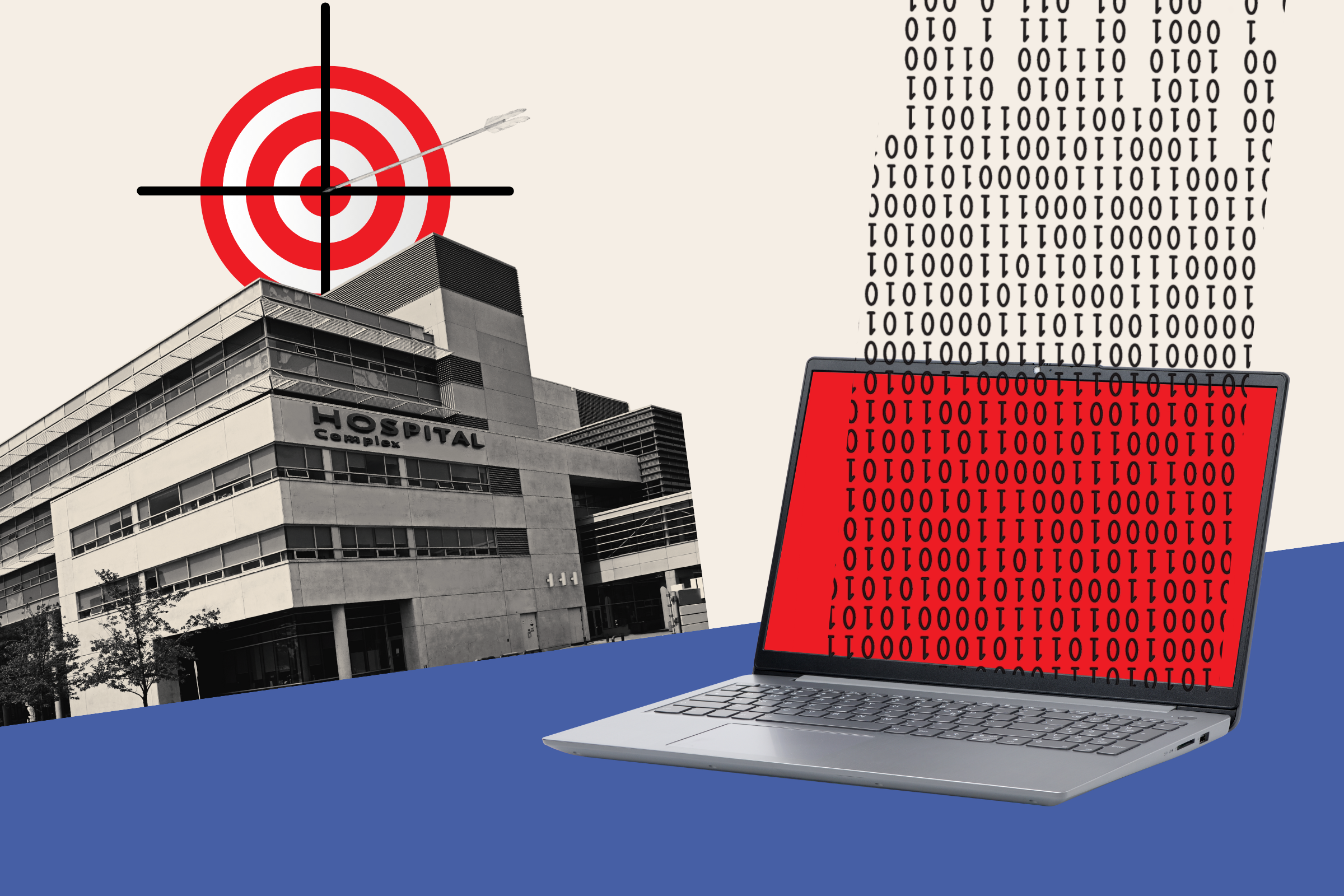Southeast California is the most likely to get the best view of Monday's solar eclipse—though those in the state should not expect to see the sun completely shrouded.
On Monday, the total solar eclipse—when the sun is completely blocked out by the moon—will be visible for different lengths of time along a path from northern Mexico, across the Midwest and up into New England. The path of totality—the area in which it will be seen—reaches across 13 states, as well as small areas of Tennessee and Michigan.
Outside of that narrow path, the eclipse will still be visible in different parts of the U.S., including California, but the moon will only partially obscure the sun, due to the particular nature of the alignment of the two celestial bodies. The further away from the path of totality, the slighter the partial eclipse is expected to be.
Calculations by NASA found that areas to the south and east of Los Angeles will see about 50 percent obscuration—the moon shrouding half of the sun—while much of the rest of the state will see around 25 percent.

The best spot to see the most coverage in the state is likely to be near Holtville, in the far southeast, where nearly 59 percent obscuration is predicted, reaching a maximum effect around 11:14 a.m. PT (2:14 p.m. ET), per forecasts by meteorological and astronomical data compilers Time and Date.
San Diego will see 53.8 percent coverage, per NASA calculations, around 11:11 a.m. PT, while Los Angeles is expected to see 48.6 percent obscuration around 11:12 a.m.
San Francisco will see the moon block out around a third of the sun at 11:12 a.m., while up in Crescent City only a quarter of the sun will be shrouded, around 11:17 a.m.
The Federal Highway Administration says that, while around 32 million people live in the path of the total eclipse, between 1 and 5 million more are expected to travel to prime viewing locations to see it—raising concerns about stretched public safety resources.
However, forecasters are predicting that, even within the path of totality, some of the best potential viewing spots may be hampered by cloud cover.
In southern California, cloud cover could still prove problematic for those hoping to see the eclipse there. Near San Diego, scattered low clouds may still be lingering by late morning, "making eclipse viewing a tad hit or miss," the local National Weather Service station said in a forecast.
In Los Angeles and San Francisco, skies are expected to be clearer but still prone to the odd cloud overhead by 11 a.m.—so while the eclipse may be less impressive, those in the central part of the state may be more likely to see it. In Crescent City, intermitted clouds are forecast.
Uncommon Knowledge
Newsweek is committed to challenging conventional wisdom and finding connections in the search for common ground.
Newsweek is committed to challenging conventional wisdom and finding connections in the search for common ground.
About the writer
Aleks Phillips is a Newsweek U.S. News Reporter based in London. His focus is on U.S. politics and the environment. ... Read more
To read how Newsweek uses AI as a newsroom tool, Click here.






